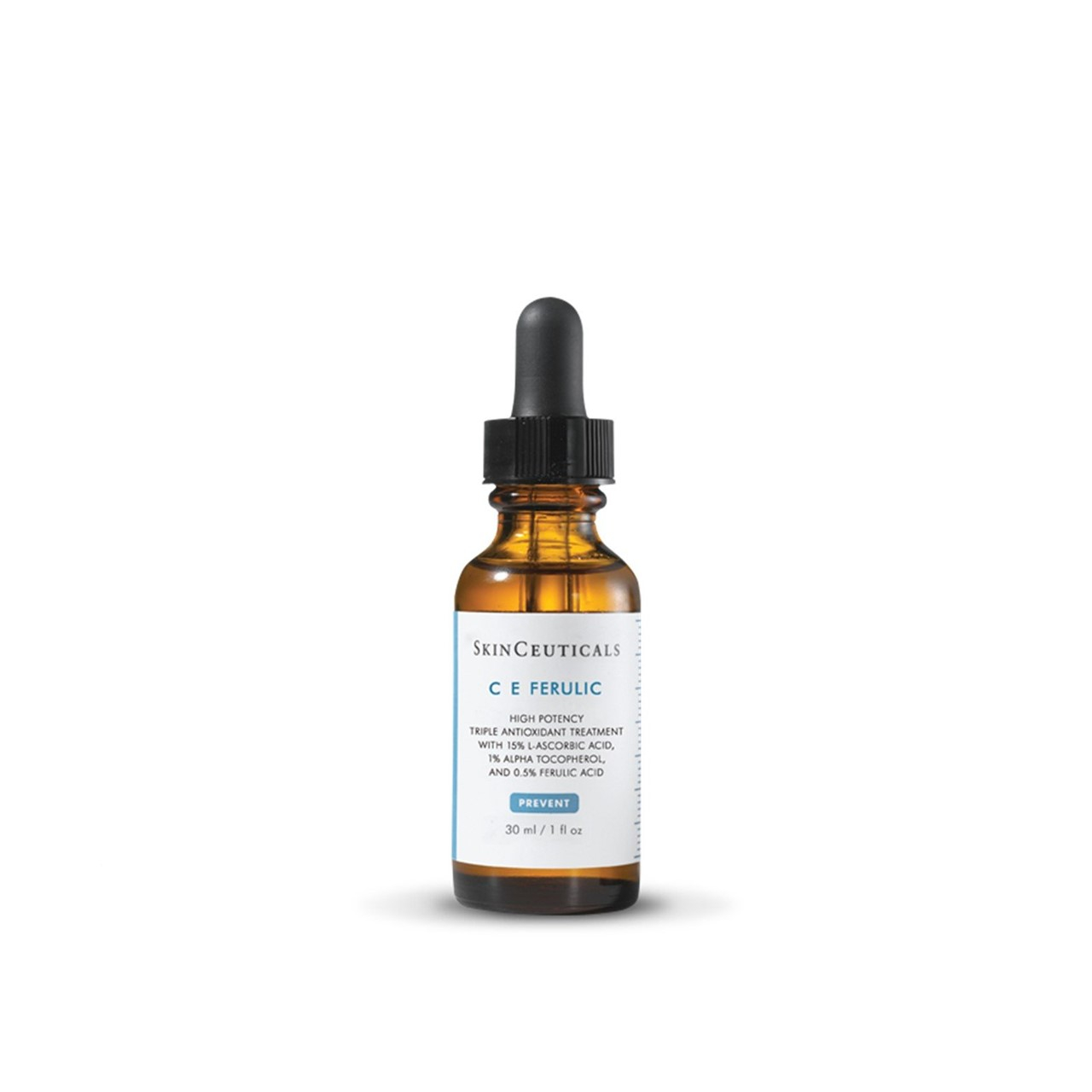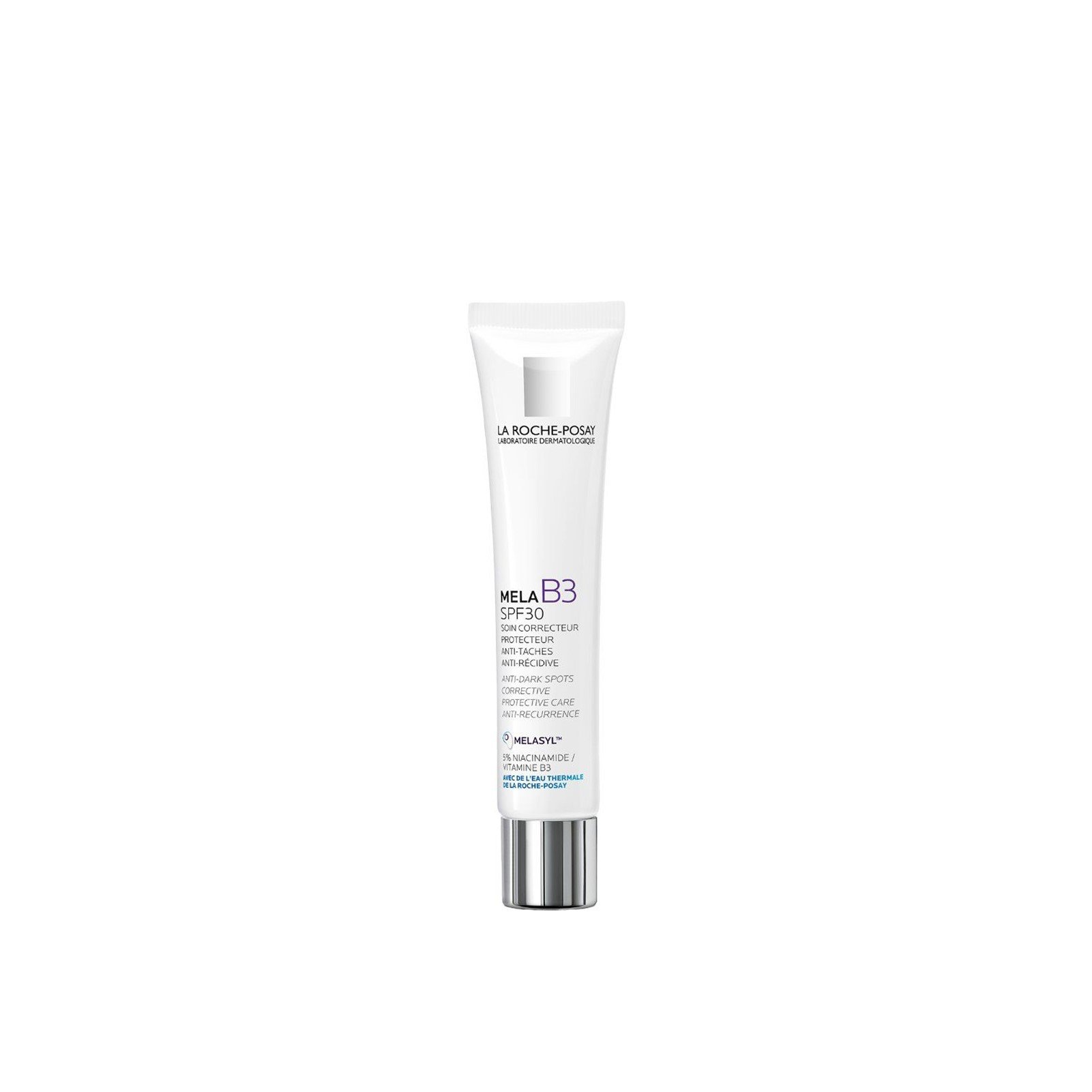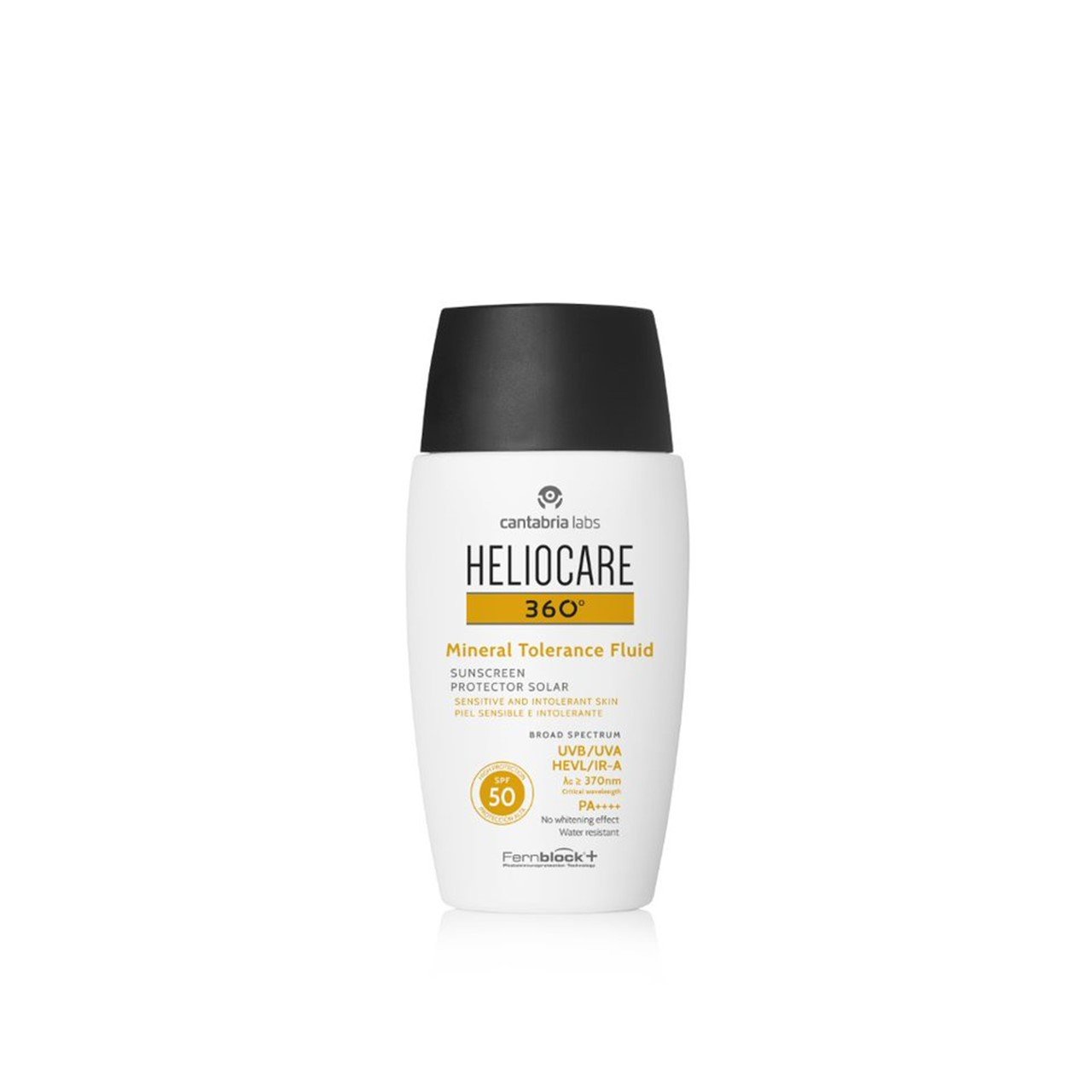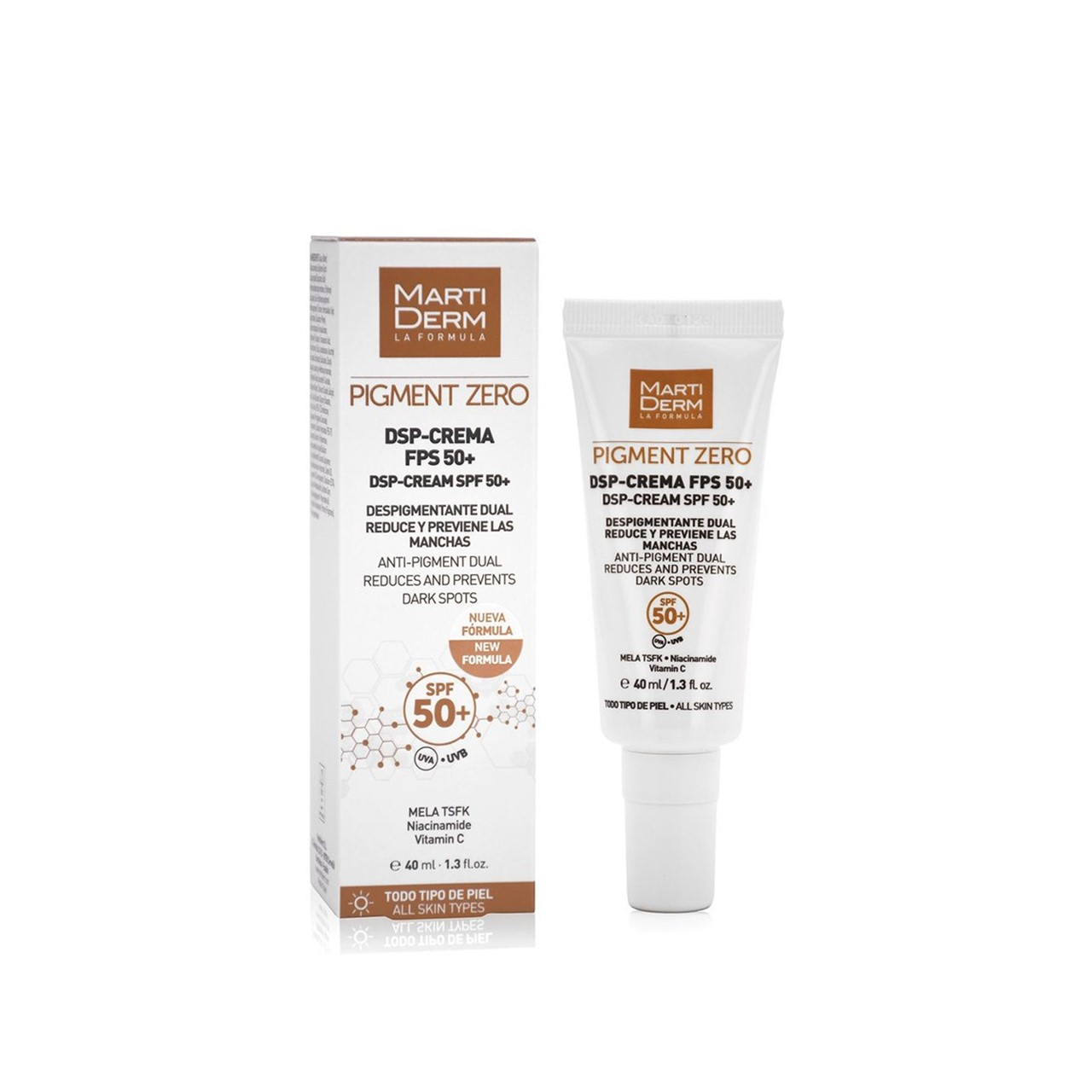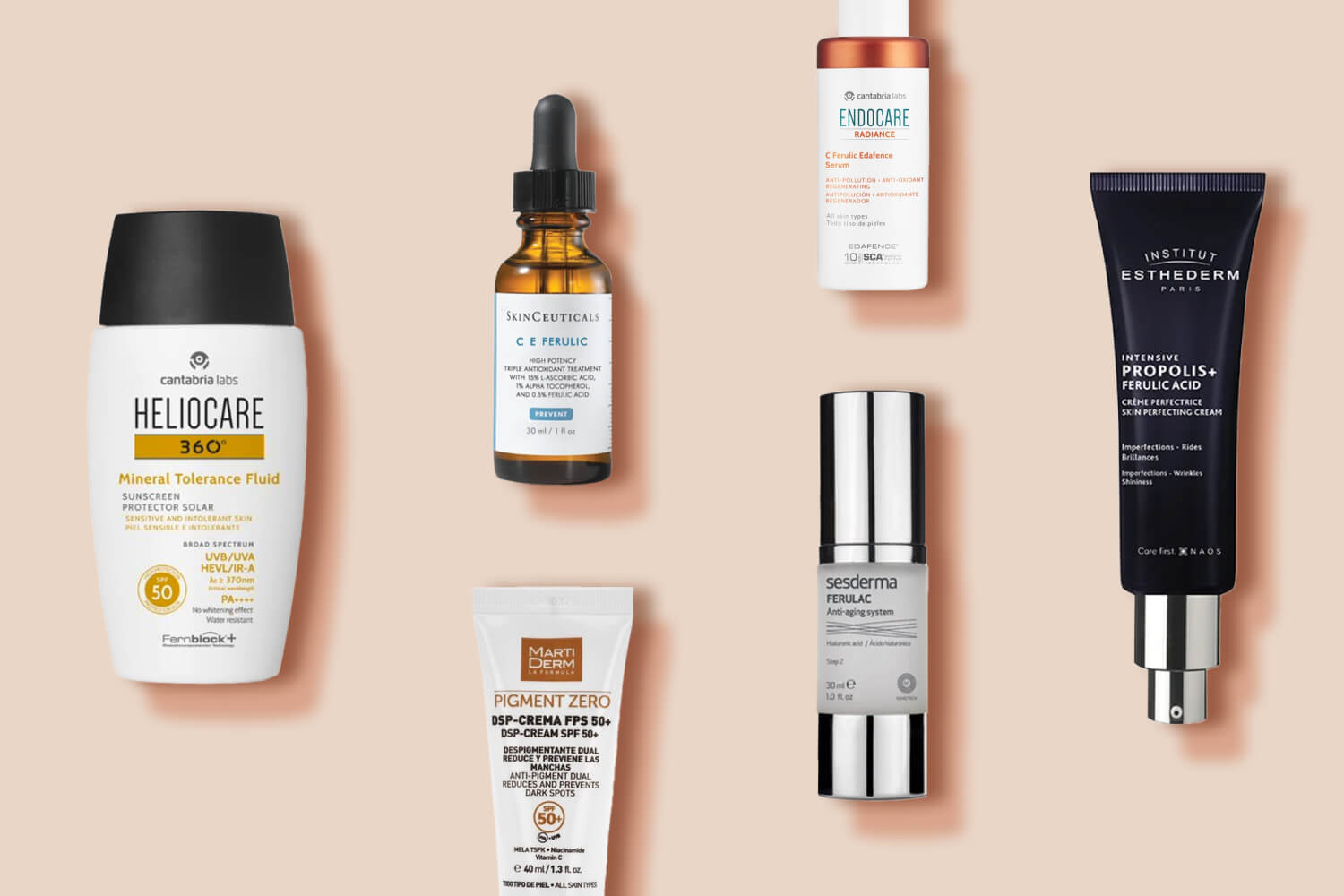
Ferulic acid may not have a friendly, well-known name, but it’s got a lot to offer. In fact, you may have used it before! Today, we are shining the spotlight on this underrated antioxidant, and telling you everything you need to know about its little-known benefits.
On this post:
- What is ferulic acid?
- How ferulic acid benefits the skin
- Potential side effects of ferulic acid
- Who should use ferulic acid?
- How to use ferulic acid in your skincare routine
- What kind of products contain ferulic acid?
What is ferulic acid?
Ferulic acid, also known as “hydroxycinnamic acid”, is a natural antioxidant, usually found in plants–think apples or oranges, but also oats. It’s been garnering attention for its ability to not only fight off free radicals (which play a role in the formation of fine lines, dark spots, and other signs of photoaging), but also stabilize and boost the effectiveness of other antioxidants in your skincare products–specifically, vitamins C and E.
Ferulic acid is often seen in the company of other antioxidants, but it can be interesting on its own too. (We’ll dig into that in a second.)
You should think of ferulic acid as a preventive; it won’t necessarily improve the appearance of your skin today, nor will it help fade dark spots and imperfections. However, it will work in tandem with other antioxidants–and, of course, your sunscreen–to shield your skin from damage during sun exposure.
How ferulic acid benefits the skin
It’s a powerful antioxidant
Ferulic acid is an antioxidant because, to put things scientifically, it’s a “free radical scavenger”. To help you understand what that means, let’s take a few steps back. When UV radiation from the sun hits your skin, it triggers the production of free radicals, unstable molecules that can damage healthy cells (that damage is what we call oxidative stress). A free radical scavenger, or antioxidant, is a molecule that’s able to neutralize–or, at the very least, minimize–the damaging action of free radicals.
This is what ferulic acid can do for your skin during sun exposure–and that is precisely why so many products with ferulic acid are formulated for daytime use, in combination with a sunscreen.
It stabilizes other antioxidants
A study from 2005 found that ferulic can not only improve the chemical stability of vitamins C and E, but also double the photoprotection they offer. This is why you will often find products that combine this magical trio of ingredients: ferulic acid, vitamin C, and vitamin E.
Potential side effects of ferulic acid
Ferulic acid is safe for everyday use. However, if you have sensitive skin, you may want to be cautious when introducing it into your skincare routine. This has to do with the finished formulas: because products with ferulic acid also contain other antioxidants, they may be a little too intense for sensitive or reactive skin. The secret, as always, is to start slow and see how your skin reacts.
There’s something else you should know about ferulic acid–or, specifically, about serums that contain ferulic acid. They oxidize easily, turning from their original golden or pale orange tones to a darker, nearly opaque brown over time. You may have noticed this happening in vitamin C serums too; in order to avoid this, try to store these serums in a cool, dark place, shielded from heat, sunlight, and humidity.
Ferulic acid and sun exposure
Ferulic acid doesn’t increase the skin’s sensivity to sun exposure; quite the contrary! Due to its powerful antioxidant properties, ferulic acid actually provides a protective action, minimizing damage from the sun during and after sun exposure.
That’s not to say that ferulic acid is a sunscreen, or that you should use it instead of your sunscreen! Think of ferulic acid as a sunscreen booster. You can use it in the morning, just before your sunscreen, and rest assured that your skin will be better protected against the damaging effects of the sun than if you’d just used your sunscreen on its own.
Ferulic acid and pregnancy
Although there isn’t a lot of data available on the subject, ferulic acid is considered safe to use during pregnancy. This is good news, as ferulic acid, being an antioxidant, can help you prevent dark spots and hyperpigmentation during this phase of your life.
If you have questions about the use of ferulic acid in your pregnancy in particular, the best thing to do is discuss the matter with your doctor before introducing a product with this ingredient into your routine.
Who should use ferulic acid?
Ferulic acid is a potent antioxidant, yes, but it is also an important stabilizer and booster of other antioxidants, such as vitamins C or E. Knowing this, we can say that anyone interested in preventing oxidative damage caused by sun exposure can and should consider using ferulic acid in their routine.
This ingredient is beneficial to all skin types, and can be used in both dry and oily skin, depending on the specific characteristics of each product. To find the best fit for your skin, you may have to look into textures, other ingredients present in the formula, and similar details.
How to use ferulic acid in your skincare routine
Due to its antioxidant properties, which work to prevent damage caused by sun exposure, ferulic acid should be used in the morning. Most products that contain ferulic acid also contain other antioxidants, such as vitamins C or E, and are therefore great candidates for everyday use.
After applying a ferulic acid product every morning, it’s important to also apply a sunscreen–since ferulic acid offers some protection against sun damage, but is not an actual sunscreen. To achieve optimal protection against the damage caused by sun exposure, you should combine ferulic acid with a sunscreen of your choice.
What kind of products contain ferulic acid?
From serums to creams to sunscreens, ferulic acid is present in all types of products. Most are designed for use during the day, when you are most exposed to solar radiation.
Ferulic acid serums
If you’re looking for a product with ferulic acid, serums will most likely be your first stop. There are several on the market, and many of them combine the same trio of star ingredients: vitamins C, E, and ferulic acid.
As the name implies, it is precisely this trio that powers the SkinCeuticals Prevent C E Ferulic serum. With a pioneering antioxidant formula, this serum entered the world of skincare with a combination of 15% vitamin C, 1% vitamin E, and 0.5% ferulic acid that quickly became a bestseller. It’s designed to offer advanced environmental protection against photoaging and, consequently, fine lines, wrinkles, and loss of firmness.
Another serum we love is the Endocare Radiance C Ferulic Edafence Serum. In addition to containing the super trio of ingredients we mentioned, it also features two exclusive technologies: anti-pollution EDAFENCE®, and skin-regenerating SCA® Biorepair Technology. Together, these technologies help reduce the signs of skin aging and photoaging, thus contributing to the overall effectiveness of the serum.
Ferulic acid creams
You can also find ferulic acid in creams. If you prefer applying creams over serums–or if you already have a serum you love–, this type of product can be the ideal way to introduce ferulic acid into your skincare routine.
One of the most interesting options for creams with ferulic acid is the Esthederm Intensive Propolis+ Ferulic Acid Skin Perfecting Cream. This Esthederm product is the ideal cream for those who want to keep blemishes and excess sebum under control but, at the same time, also want to fight off wrinkles. The lightweight formula features antioxidant oryzanol (a precursor of ferulic acid), a line-smoothing biomimetic peptide, and purifying propolis. At a time when more and more women are struggling with adult acne (i.e. hormonal acne), a 2-in-1 product like this can be a real gem.
If your goal is to prevent and treat hyperpigmentation, consider the La Roche Posay Mela B3 Daily Moisturizer SPF30. This day cream moisturizes the skin while protecting with SPF30. Combining niacinamide and MELASYL™, this antioxidant powerhouse works to shield the skin all the while visibly reducing the appearance of dark spots.
Ferulic acid sunscreens
Last, but not least, you can look for ferulic acid in sunscreens. As we’ve seen, ferulic acid helps prevent free radical damage during sun exposure. It can’t and it shouldn’t replace sunscreen–but it can be a very nice addition to sunscreen products. We bring you two options of sunscreens with ferulic acid:
Let’s start with the Heliocare 360 Mineral Tolerance Fluid SPF50, a favorite of our Care to Beauty community. It features 100% mineral sun filters, suitable for sensitive and intolerant skin, in a fluid texture that is super easy to apply. In addition to providing broad spectrum protection from UVA/UVB, IR, and Visible Light, this sunscreen is also enriched with Fernblock®+, an all-natural antioxidant extract that includes, among other actives, ferulic acid.
To balance things out, let’s try a chemical sunscreen next: the MartiDerm Pigment Zero DSP-Cream SPF50. Specifically designed to be part of anti-dark spots skincare routines, this sunscreen combines 4 acids (tranexamic, salicylic, ferulic, and kojic acids) with niacinamide, vitamin C, and sun filters. It minimizes sun damage, all the while “optimizing” the rest of our anti-hyperpigmentation routine. The comfortable formula can be applied to the face, neck, décolleté, and even hands.
Now that you’re an expert on ferulic acid, you’re all ready to add this ingredient to your skincare routine. Make sure to check out our favorite serums with ferulic acid (and, of course, vitamins C and E), and read up on another antioxidant star: good old vitamin C.
Beauty Writer & Editor


